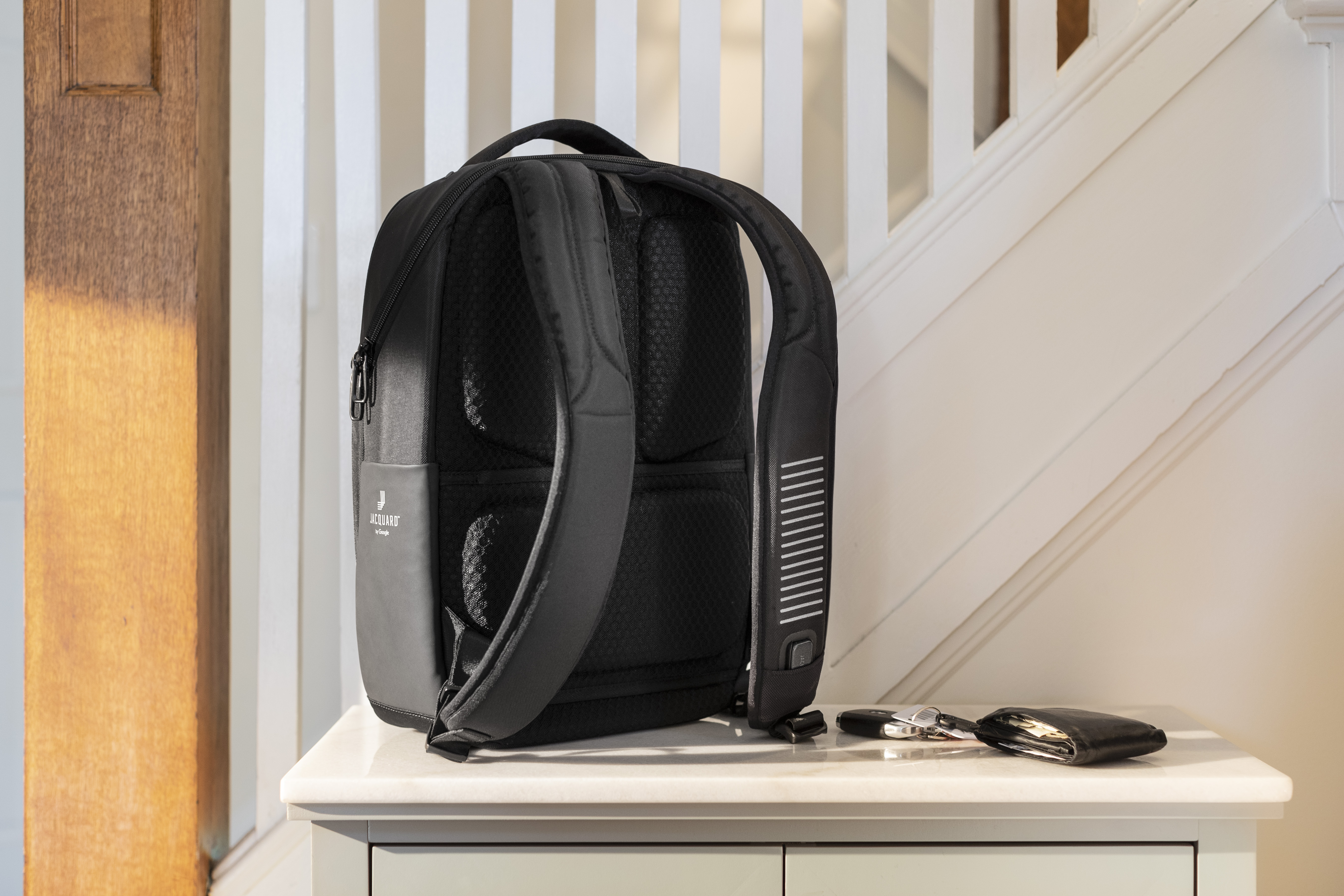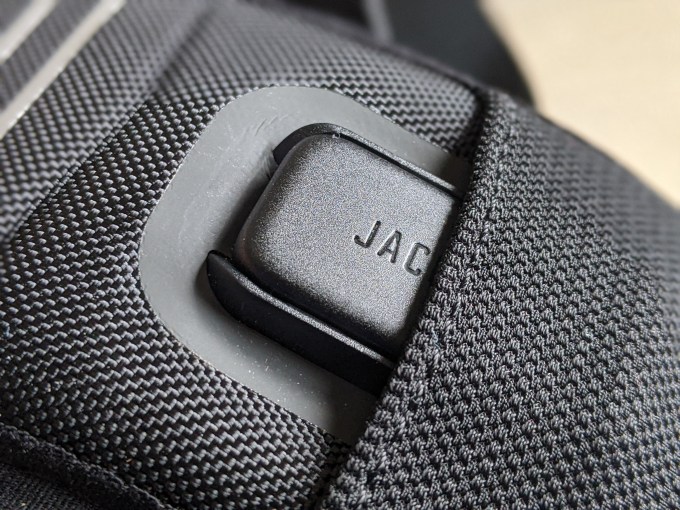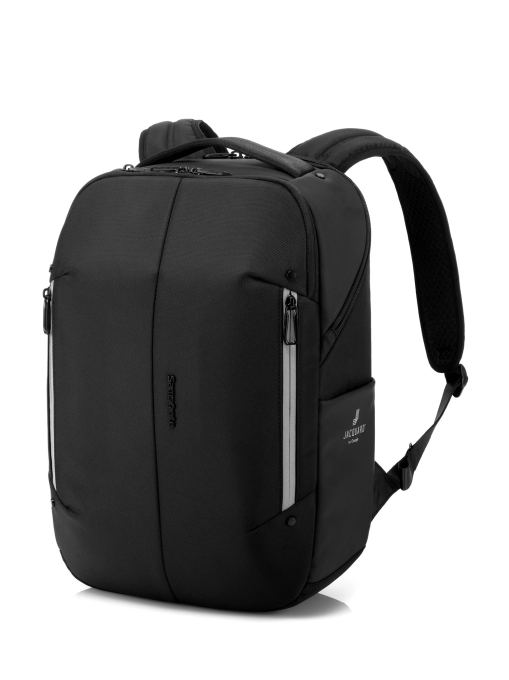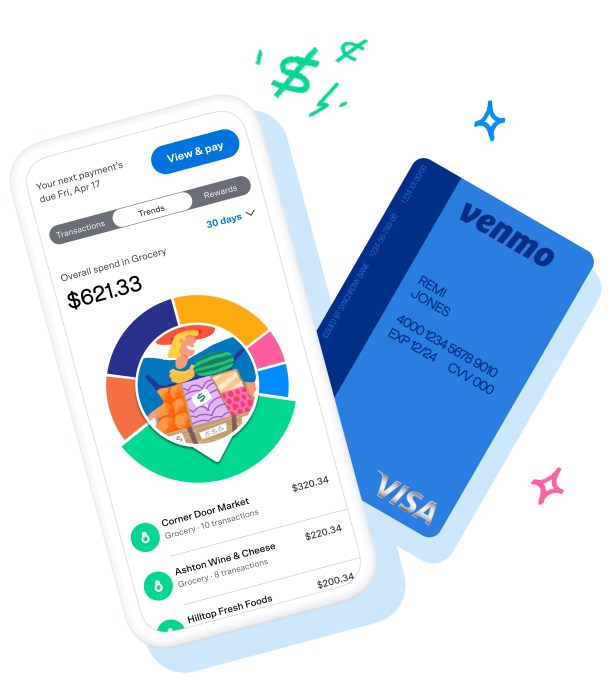News: Embedded finance might represent fintech’s future
The fintech industry is on a tear. Popular consumer services like Robinhood to Coinbase and Revolut have managed to attract millions of customers, but the most interesting trend right now is embedded finance. Tech companies that don’t necessarily provide financial services can embed services from fintech companies directly in their products. At the same time,
The fintech industry is on a tear. Popular consumer services like Robinhood to Coinbase and Revolut have managed to attract millions of customers, but the most interesting trend right now is embedded finance.
Tech companies that don’t necessarily provide financial services can embed services from fintech companies directly in their products. At the same time, fintech companies can find a new distribution channel by providing financial products outside of their main product. They don’t necessarily need a consumer product anymore.
At TechCrunch Disrupt, we talked about this trend and the most important changes in the fintech industry with three experts — Hope Cochran, a managing director at Madrona Venture Group (and former King CFO), Ruth Foxe Blader, a partner at Anthemis, and John Locke, a partner at Accel.
Banking as a service: Every tech company is potentially a fintech company
We started the conversation by talking about banking as a service. For entrepreneurs hoping to launch a fintech company, there are many regulatory requirements and it can take a while to set up the infrastructure.
“If the intention is to offer something else and it happens that you need fintech infrastructure, then it makes no sense to build it yourself,” Cochran said. “They should utilize the banking-as-a-service model. But maybe their intention is to create a true fintech and the secret sauce is to build it.”
Even in the latter case, it doesn’t mean that founders shouldn’t consider banking as a service for the very beginning of their company, as it can serve as a bridge before switching to their own infrastructure.
“But the problem with building it yourself is that it takes years to get it out there and get through the regulatory hurdles and you can’t see if your product and idea are actually working. So if you want to get to market much faster and iterate and see if you’ve hit upon something that will work on the market, I think banking as a service is a really important tool,” Cochran said.
Locke doubled down on that idea and described banking as a service as a massive opportunity for an entire wave of entrepreneurs, but if you don’t launch your product fast enough, another entrepreneur will find a way to enter the market more quickly.








